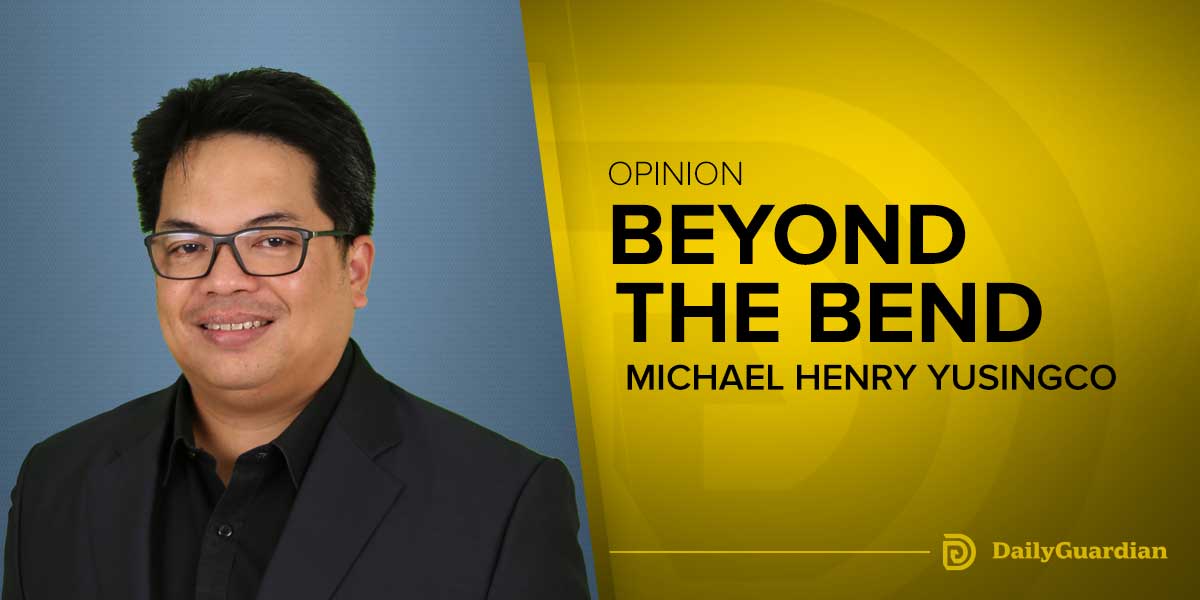The recent expansion of PhilHealth’s coverage for dengue and leptospirosis patients, including the increase in the benefit package for severe dengue from P16,000 to P47,000, is a positive step forward for public health in the Philippines. However, while this development helps alleviate some of the financial strain on Filipinos, it does little to address the larger issue: healthcare in the Philippines remains both mandatory and expensive.
The Growing Financial Burden of Healthcare
The rising cost of healthcare, even with government interventions like PhilHealth, remains a barrier for many Filipinos. Although PhilHealth is designed to offer financial support, many still struggle to cover the remaining out-of-pocket expenses, especially for severe illnesses. This becomes even more problematic as cases of leptospirosis and dengue surge during the rainy season.
The Department of Health’s recent figures—over 200,000 dengue cases and more than 2,100 leptospirosis cases—highlight the critical need for more robust healthcare measures.
Despite PhilHealth’s efforts to ease the burden, hospital bills still pose a significant financial challenge.
A P47,000 package for severe dengue may help, but it doesn’t fully account for the total costs many families will face. The middle class, in particular, continues to feel the pinch. While the lowest income groups may qualify for additional subsidies, the middle class often earns just enough to miss out on further assistance, leaving them in a precarious financial situation when medical emergencies arise.
Reform Models: Where Do We Go from Here?
To ensure that universal healthcare is truly universal, the country needs to explore sustainable, innovative models that both expand coverage and reduce costs. Here are a few approaches that could be considered:
- Income-Based Premiums: PhilHealth could adopt an income-based premium system, similar to models used in other countries like Germany or Japan. This approach ensures that contributions are proportional to a member’s income, making it more affordable for lower-income families while allowing for higher contributions from wealthier individuals. This balances the financial burden while increasing the fund’s overall pool for payouts.
- Public-Private Partnerships (PPP): The government could further explore partnerships with private healthcare providers, ensuring that public sector coverage is complemented by the efficiency and technology of private hospitals. Incentives such as tax breaks for private hospitals offering subsidized care could encourage broader participation in public health goals.
- Telemedicine and Preventative Care: The pandemic underscored the potential of telemedicine. Expanding telehealth services for both consultations and follow-up care could reduce hospital crowding and lower costs for both patients and healthcare providers. Additionally, investing more in preventative care campaigns, especially in flood-prone and mosquito-dense areas, would reduce the need for expensive hospitalization in the first place.
- Regional Health Networks: Localized healthcare models, such as regional health networks, could decentralize care and reduce costs. Regional health networks can work in tandem with PhilHealth, ensuring that healthcare resources are tailored to the specific needs of communities. In areas where diseases like dengue and leptospirosis are endemic, networks could offer specialized care, improving both cost-efficiency and outcomes.
The Long Road Ahead
While PhilHealth’s recent coverage expansion is commendable, it underscores the broader issue: comprehensive healthcare reform is needed to ensure affordability for all Filipinos. Expanding coverage is only one piece of the puzzle. The long-term solution lies in systemic changes that address the root causes of high healthcare costs, while promoting a system that works for both the patient and the provider.
In the meantime, continuous improvement in PhilHealth’s benefits packages, particularly for critical and seasonal diseases like dengue and leptospirosis, will be crucial in managing public health risks. But the conversation must expand beyond mere coverage—it’s time to rethink how healthcare is financed, delivered, and accessed in the Philippines. The health of millions depends on it.




















